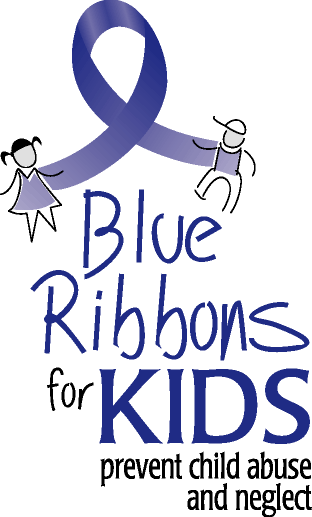 What Are Inhalants?
What Are Inhalants?
Inhalants are chemical vapors that people inhale to get “high”. The vapors produce mind-altering effects and can be found in many products around the home. Examples of inhalants are some paints, glues, gasoline, and cleaning fluids.
Types of Inhalants
Inhalants usually fall into four main categories; volatile solvents, aerosols, gases and nitrites.
Volatile Solvents are liquids that vaporize at, or around, room temperature. These can be found in paint thinner, nail polish remover, gasoline, and office correction fluid (white-out).
Aerosols are sprats that contain propellants and solvents. These include spray paint, hair spray, deodorant spray, and fabric protector spray.
Gases can be found in household or commercial products and are often used as medical anesthetics. Gases include butane lighters, propane tanks, whipped cream dispensers, and anesthesia.
Nitrites are a class of inhalants used primarily as sexual enhancers. Organic nitrites include amyl, butyl, and cyclohexyl nitrites. When marketed for illicit use, these nitrites are often sold in small brown bottles and labeled as "video head cleaner," "room odorizer," "leather cleaner," or "liquid aroma."
Common Street NamesCommon slang for inhalants includes "laughing gas" (nitrous oxide), "snappers" (amyl nitrite), "poppers" (amyl nitrite and butyl nitrite), "whippets" (fluorinated hydrocarbons, found in whipped cream dispensers), "bold" (nitrites), and "rush" (nitrites).
How Are Inhalants Abused?Inhalants are breathed in through the nose or mouth, usually by sniffing or snorting fumes from containers, spraying aerosols directly into the nose or mouth, “bagging” (sniffing/inhaling fumes from substances sprayed or placed into a paper bag), or “hugging” from an inhalant-soaked rag stuffed into the mouth.
Because the intoxication, or “high,” lasts only a few minutes, people who abuse inhalants often try to make the feeling last longer by inhaling repeatedly over several hours.
What Are The Effects? The lungs absorb inhaled chemicals into the bloodstream very quickly, sending them throughout the brain and body. Within minutes of inhalation, users feel "high." The effects are similar to those produced by alcohol and may include slurred speech, lack of coordination, euphoria, and dizziness. The high usually lasts only a few minutes.
Inhalants also can damage brain cells by preventing them from receiving enough oxygen. The effects of this condition, also known as brain hypoxia, depend on the area of the brain affected. This could affect memory, the ability to have a conversation, or even movement.
Regular abuse of inhalants can cause serious harm to vital organs besides the brain. Inhalants can cause heart damage, liver failure, and muscle weakness.
Specific Effects by Type of InhalantDepending on the type of inhalant abused, the harmful health effects will differ. This
table lists a few examples.
Lethal Effects Prolonged sniffing of the highly concentrated chemicals in solvents or aerosol sprays can cause irregular or rapid heart rhythms and can lead to heart failure and death within minutes. This "sudden sniffing death" is particularly associated with the abuse of butane, propane, and chemicals in aerosols.
High concentrations of inhalants also can cause death from suffocation. This happens when the inhalant vapor takes the place of oxygen in the lungs and brain, causing breathing to stop. Deliberately inhaling from a paper or plastic bag or in a closed area, for example, greatly increases the chances of suffocation.
While high on inhalants, people also can die by choking on their own vomit or by fatal injury from accidents, including car crashes.




























